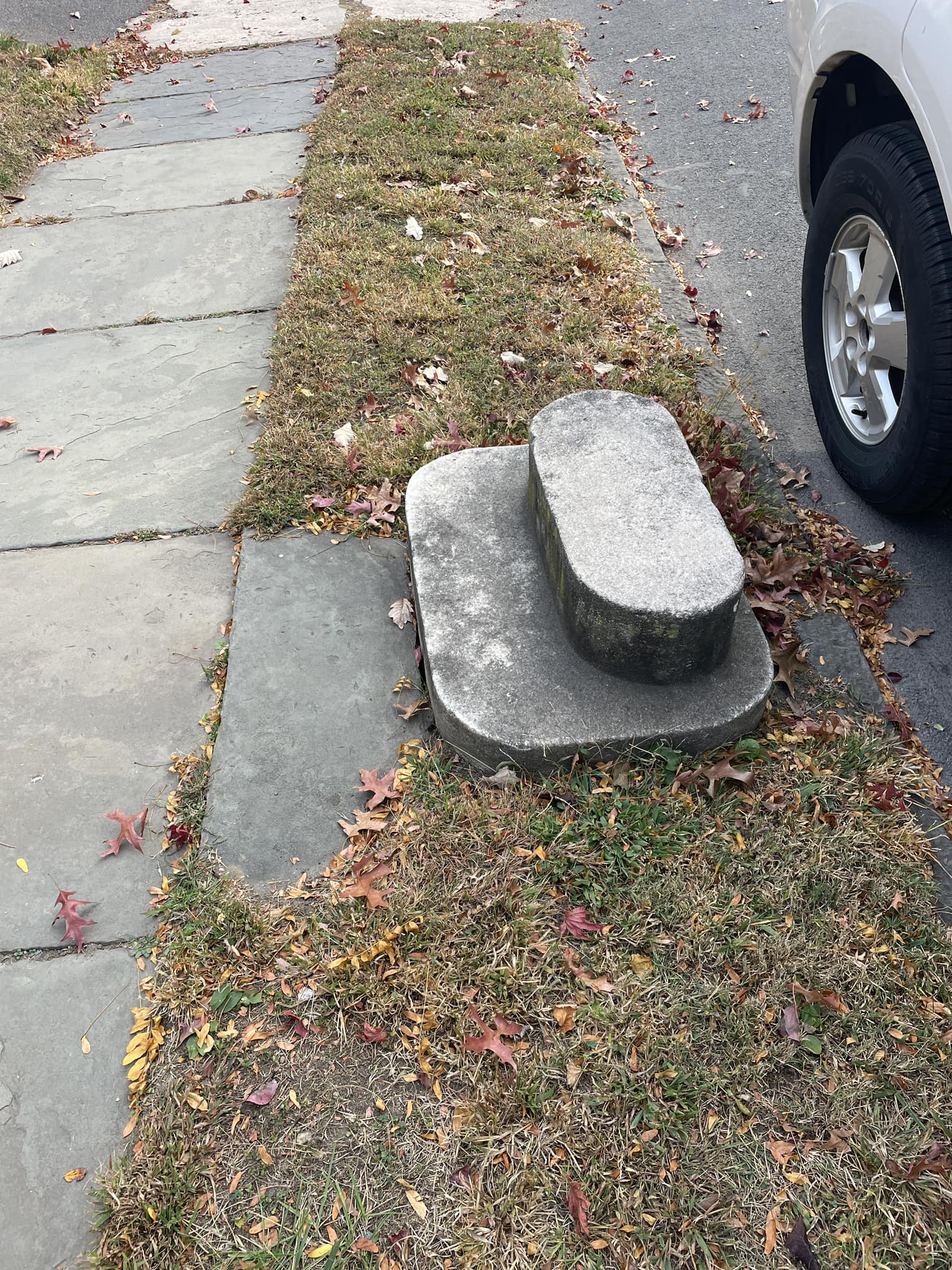There used to be this odd stone sticking out of the sidewalk in front of my grandmother’s house, and every single time I walked by, I managed to trip over it. No matter how many times I told myself to watch out for it, my shin always took the hit. I’d mutter under my breath, wonder why it was even there, and then forget about it until I smacked into it again. I always assumed it was just some leftover construction rubble or maybe a cruel prank from the universe meant to keep me humble.

Turns out, it was neither. That random chunk of stone had a real purpose—and not only that, it had a pretty interesting history. What I once thought was just a nuisance left behind from a lazy sidewalk job was actually something known as a carriage step, or mounting stone. Way back before Uber, before cars, and even before many paved roads, these stones served a super practical function. People used them to climb in and out of horse-drawn carriages without completely wiping out. If you’ve ever seen the height of a carriage and imagined trying to climb down from one while wearing layers of skirts, petticoats, a corset, and probably some kind of enormous feathered hat, then you can understand the challenge.
These stones were there to save people from embarrassing and possibly ankle-breaking accidents. They were like the unsung heroes of the pre-automobile street corner—functional, humble, and helpful. The whole idea was that instead of awkwardly leaping down or dangling from a carriage like some 1800s action hero, a person could step down gracefully using the stone as a stepping point. And of course, once something becomes useful, humans find a way to turn it into a status symbol.
That’s right—some folks made their stones fancy. Custom-carved with initials, adorned with patterns, or shaped into unique designs, these humble stepping stones quickly became a flex. Having one out front of your home was basically the Victorian version of parking a brand-new luxury car in your driveway. It didn’t have an engine or a leather interior, but it said, “I’ve got taste, I’ve got style, and I can afford a proper way to exit my carriage.” These stones were part utility, part display of wealth, and all-around culturally cool for the time. So how is it that these rocks are still hanging around today? Simple—they were never removed.
People stepped around them, tripped over them (guilty as charged), and they eventually just became part of the landscape. They blended in. In older neighborhoods, you can still spot them, especially near historic homes or churches. Some local historical societies are even obsessed with preserving them, seeing them as physical bookmarks in the story of the town. And honestly, I get it now. There’s something comforting about a piece of history that’s not behind glass or labeled with a plaque. It’s right there under your feet, part of your daily walk, reminding you that the past isn’t always as far away as we think. The next time you see one of those weird, lumpy sidewalk stones, take a second look. It’s not just a random piece of pavement. Someone probably stepped on that exact stone over a hundred years ago, maybe on their way to church or to the market, wearing leather boots or hobnailed shoes. Maybe a kid used it to play pretend cowboy. Maybe a teenager leaned against it to steal a first kiss. Maybe a farmer once shouted “Whoa there!” to a horse standing right next to it. That stone has lived a thousand moments we’ll never know about. So no, it’s not just a rock. It’s a tiny piece of the past—a small echo of how people lived, moved, and interacted with the world before us. It’s history hidden in plain sight, worn smooth by time and footsteps. It may trip you up from time to time, but it also connects you to generations of stories. Honestly, that’s kind of magical. So next time you find yourself face-to-face—or shin-to-edge—with one of these stones, maybe take a second to appreciate it. It’s a reminder that the ordinary isn’t always so ordinary. It had a job. It helped people. It stood the test of time. And hey, the least we can do is thank the rock.





